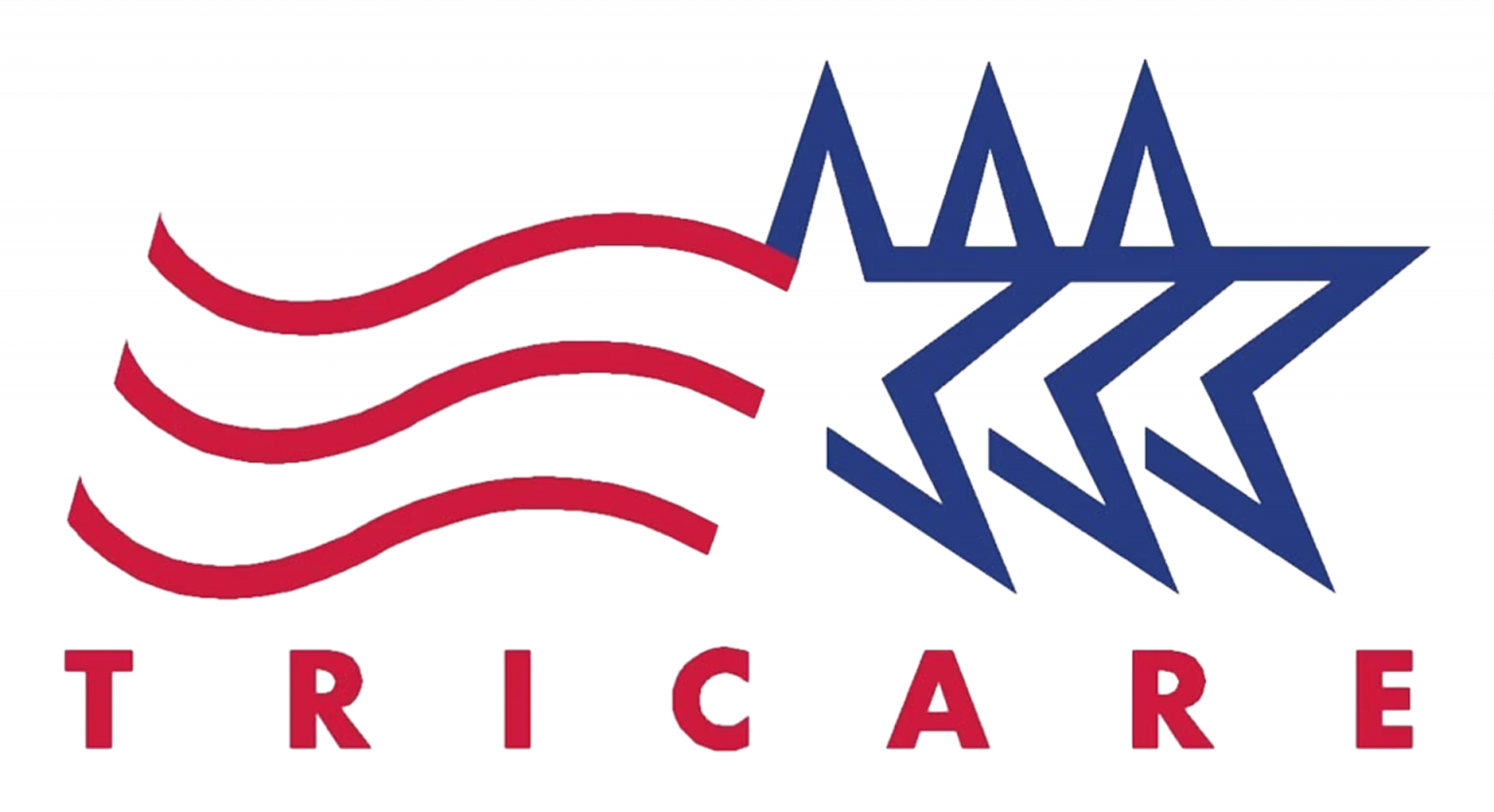Some symptoms of Pure O OCD may be recognizable to you. While obsessive-compulsive disorder is often associated with observable compulsions, such as frequent hand washing or repetitive checking of tasks, many individuals with the disorder do not display outward signs. In Pure O OCD, compulsions and obsessions occur internally, without any observable behaviors.
What Is Pure Obsessional (Pure O) OCD?
A subtype of obsessive-compulsive disorder known as Pure Obsessional OCD is characterized by intrusive thoughts, images, or desires without any outwardly observable physical compulsions. Unlike other forms of OCD, the compulsions in Pure O OCD are primarily internal to the individual. This may manifest as a heightened awareness of everyday physiological sensations, silently repeating phrases in one’s head, or mentally reliving events repeatedly.
These intrusive thoughts can vary widely but often center around themes of harm, relationships, gender and sexuality, and moral or religious issues. They frequently evoke feelings of guilt and shame, challenging a person’s sense of self.
Many individuals with Pure O OCD are hesitant to discuss their experiences due to fear of criticism. They often believe they are alone in their struggles. Unlike other forms of OCD, Pure O OCD lacks noticeable outward signs, making it difficult for others to identify. However, this internal experience is no less distressing for those who suffer from it.
What Does Pure OCD Feel Like?
Intrusive or unsettling thoughts, desires, or urges are common for everyone, regardless of whether they have an OCD diagnosis. The difference lies in how these thoughts are perceived and dealt with.
For those without OCD, such thoughts typically pass quickly and don’t cause significant distress. For instance, someone might think, “What would happen if I drove off this bridge?” while driving, but they would simply dismiss the thought and move on.
However, for individuals with Pure O OCD, these intrusive thoughts can be extremely distressing and persistent. They may interpret these thoughts as reflections of their true identity. For example, if they have a dream about harming someone, they might conclude, “I just had a dream about harming someone—that means I must be a violent person.”
Pure OCD Symptoms
- Repeated intrusive thoughts
- Continuous and persistent self-assurance
- Mentally reciting a poem or singing a particular song
- Reviewing past deeds, thoughts, and memories
- Repeating words, affirmations, or mantras in your mind
- Attempting to “erase” memories or images by visualizing soothing scenes

Causes of Pure O OCD
Similar to OCD, the exact causes of Pure O OCD are currently unknown. Experts believe that various factors, including your environment, temperament, and genetic makeup, may contribute to its development.

Treatment for Pure Obsessional OCD
It is recommended that individuals with Pure O OCD seek treatment from a mental health professional specializing in OCD. These experts are equipped to handle a broad range of OCD subtypes, including Pure O OCD. Like other forms of OCD, effective treatment modalities for Pure O OCD include exposure and response prevention (ERP) as well as mindfulness-based cognitive-behavioral therapy (CBT).
In Mindfulness-Based Cognitive Behavioral Therapy (CBT), patients learn that intrusive thoughts are a normal part of human experience. They also discover that trying to control these thoughts only strengthens their anxieties and obsessions.
By incorporating Exposure and Response Prevention (ERP), this approach becomes even more effective in treating Pure O OCD, offering patients hope and a path toward relief.
Exposure and Response Prevention (ERP) therapy gently exposes patients to situations that trigger their anxiety-inducing intrusive thoughts. The goal of this Pure O OCD treatment is to help patients learn to resist engaging in obsessive behaviors when these thoughts arise. As therapy progresses, patients gradually face more challenging situations until they can confront and overcome their greatest fears. By learning to break free from their obsessive behaviors in response to intrusive thoughts, patients can find significant relief from their Pure O OCD symptoms.
(833) 646-0763
Start Feeling More in Control With Bespoke OCD Treatment
If you are looking for a mental health clinic in Los Angeles or Santa Monica for OCD treatment, Bespoke is the right place for you. Contact us now and start your healing journey.
Get Started
















